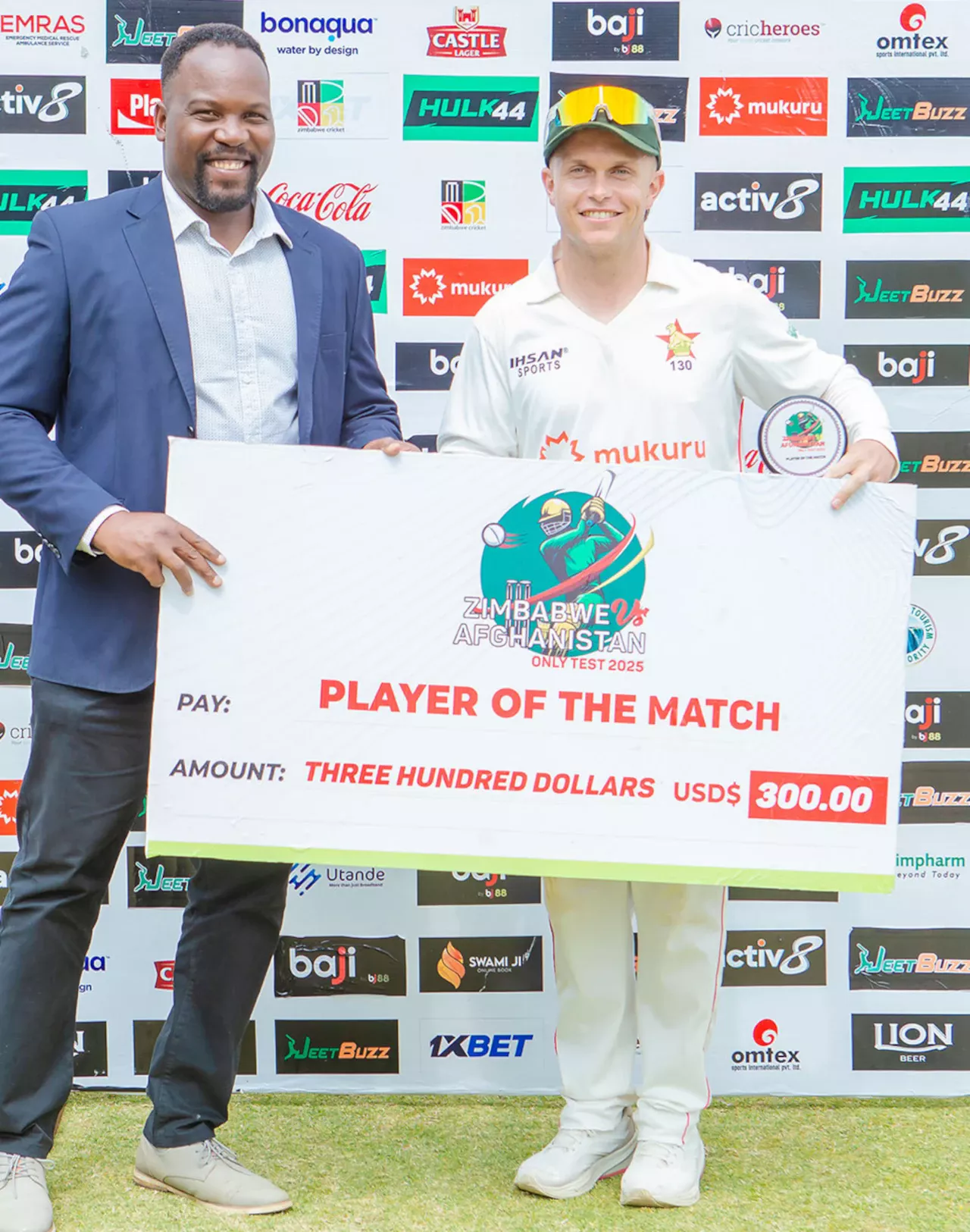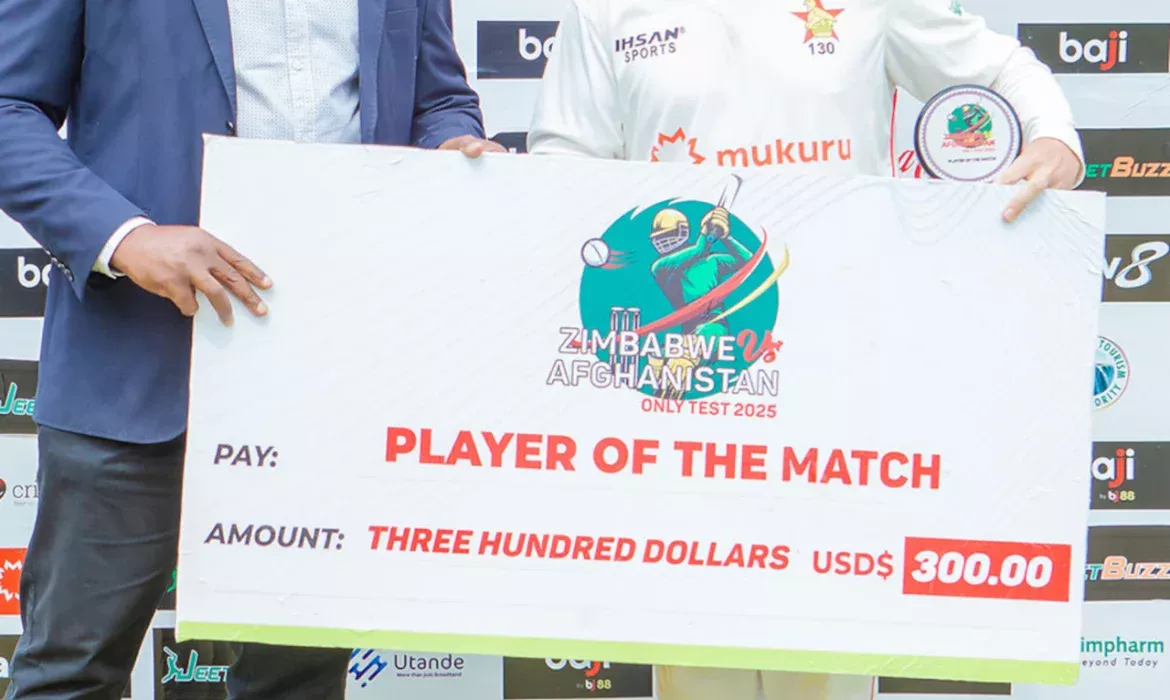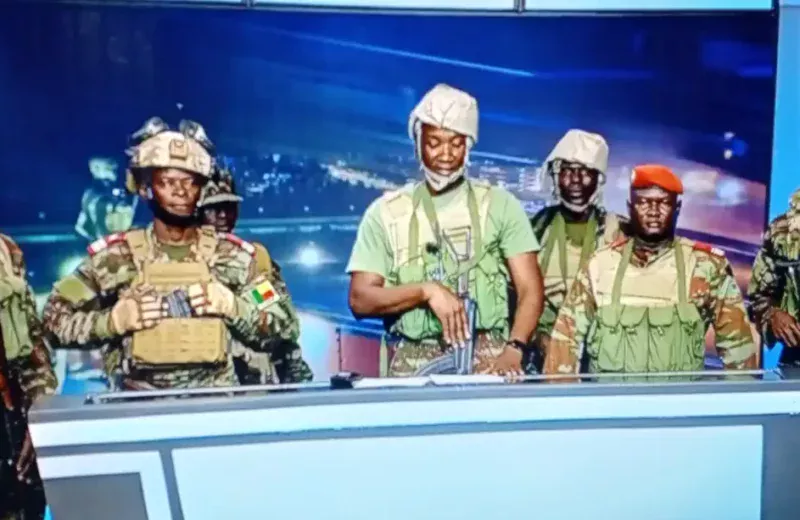Here Is How Much Zimbabwe Cricket Players Earn Each Month
Zimbabwe Cricket players’ salaries and match fees have finally been revealed, giving the public a clearer understanding of how much the Chevrons earn. The discussion began after a heated exchange on X following Zimbabwe’s Test victory over Afghanistan in October 2025.
The figures show that Zimbabwe’s cricketers are among the best-paid sportspeople in the country.
Why The Debate Started
On 22 October 2025, Advocate Fadzayi Mahere questioned why Ben Curran had received only US$300 (R5,400) as a Man of the Match award after his century against Afghanistan.
She wrote:
“Our national team athletes deserve more respect. Ben Curran made a significant contribution to Zimbabwe’s outstanding victory against Afghanistan. Surely he deserves more than US$300 (R5,400)? This underlines the continued neglect of sport – an integral part of uniting Zimbabweans and fostering national pride. Wearing that Zim blazer on the international stage is the highest honour. The incentives given to our sportspersons must reflect this.”
Her comments fuelled a wider debate about what Zimbabwe’s cricketers earn and how incentives are structured.

Chief Koti Explains Zimbabwe Cricket’s Salary Structure
Broadcaster Chief Koti responded, stressing that the US$300 (R5,400) was never the primary income.
He said:
“Just for clarity and general education: the US$300 Man of the Match fee is really just a token of appreciation outside of the main salary structure. Our national cricket team players are contracted by Zimbabwe Cricket and receive structured remuneration.”
According to Koti and available reports, Zimbabwe players are placed under graded contracts:
- Grade C: US$1,500 (R27,000) monthly → US$18,000 (R324,000) annually
- Grade B: US$2,000 (R36,000) monthly → US$24,000 (R432,000) annually
- Grade A: US$3,500 (R63,000) monthly → US$42,000 (R756,000) annually
- Grade X (senior players): US$5,000 (R90,000) monthly → US$60,000 (R1,080,000) annually
- Elite contracts (special players): Up to US$15,000 (R270,000) monthly → US$180,000 (R3,240,000) annually
On top of salaries, players also earn match fees:
- Test Match: US$2,000 (R36,000) for the XI, US$1,000 (R18,000) for reserves.
- ODI: Around US$1,000 (R18,000).
- T20I: Around US$500 (R9,000).
This makes cricket the highest-paying sport in Zimbabwe under any national sports association.
What Are Central Contracts?
For those unfamiliar with cricket administration, a central contract is a guaranteed salary arrangement between the national cricket board and its players.
It works like this:
- Guaranteed Income: Even if a player is injured or not selected, they still receive their contracted monthly salary.
- Match Fees On Top: When they play, they also earn match fees (per Test, ODI, or T20I).
- Job Security: Central contracts protect players from financial uncertainty, ensuring they can focus on cricket without needing other jobs.
- Different Grades: The best and most experienced players are usually given higher contracts, while younger or less experienced ones fall into lower categories.
In short, a central contract means Zimbabwe Cricket pays players directly, rather than leaving them to depend only on match appearances.
Zimbabwe Compared To Other Cricket Nations
While Zimbabwean cricketers earn more than other athletes in the country, their salaries are modest compared to richer cricket boards.
South Africa (CSA):
- Annual contracts: US$350,000 – US$450,000 (R6.3m – R8.1m).
- Match fees: US$4,500 (R81,000) for Tests, US$1,200 (R21,600) for ODIs, US$800 (R14,400) for T20Is.
Pakistan (PCB):
- Annual contracts: US$25,000 (R450,000) – US$60,000 (R1.08m).
- Match fees: US$4,600 (R82,800) for Tests, US$1,500 (R27,000) for ODIs, US$950 (R17,100) for T20Is.
Australia (Cricket Australia):
- Annual contracts: Over US$500,000 (R9m), excluding IPL and Big Bash.
- Match fees: Up to US$14,000 (R252,000) per Test.
In comparison, Zimbabwe’s top annual salary of US$180,000 (R3.24m) is significant locally but much smaller on the world stage.
Why Cricket Pays More Than Other Zimbabwean Sports
In Zimbabwe, footballers in the Premier Soccer League often earn only US$300–US$700 per month, while rugby and athletics offer even less for the average athlete.
Cricket remains better funded because the International Cricket Council (ICC) provides financial support to Zimbabwe Cricket. According to InsideSport, this external funding has kept the contract system alive despite economic struggles.
Key Questions Answered
Why is the Man of the Match prize so low?
It is symbolic. Salaries and match fees form the bulk of player earnings. In India, Man of the Match prizes can reach US$10,000 (R180,000), but Zimbabwe relies on smaller sponsorships.
Do all Zimbabwe players have contracts?
Not all. Some players may only earn when selected, but most in the national team have central contracts.
Do players get paid if not selected?
Yes. Contracted players still receive monthly salaries. However, match fees are only paid when they are in the squad.
Why is Zimbabwe behind India or South Africa?
Wealthier boards generate huge income from broadcasting, ticket sales, and sponsorships. Zimbabwe’s smaller market and economy cannot match those figures.
How do these salaries affect other sports locally?
Cricket remains the only Zimbabwean sport with international-standard contracts. Other sports rely mostly on allowances or club payments.
The Bigger Picture
The revelation shows Zimbabwe’s cricketers are better rewarded than other local athletes but still lag far behind global peers. The online debate, sparked by Ben Curran’s US$300 (R5,400) award, underscores a wider conversation about how Zimbabwe values and supports its athletes.
Follow Us on Google News for Immediate Updates
The post Zimbabwe Cricket Players’ Salaries And Match Fees Finally Revealed appeared first on iHarare News.














